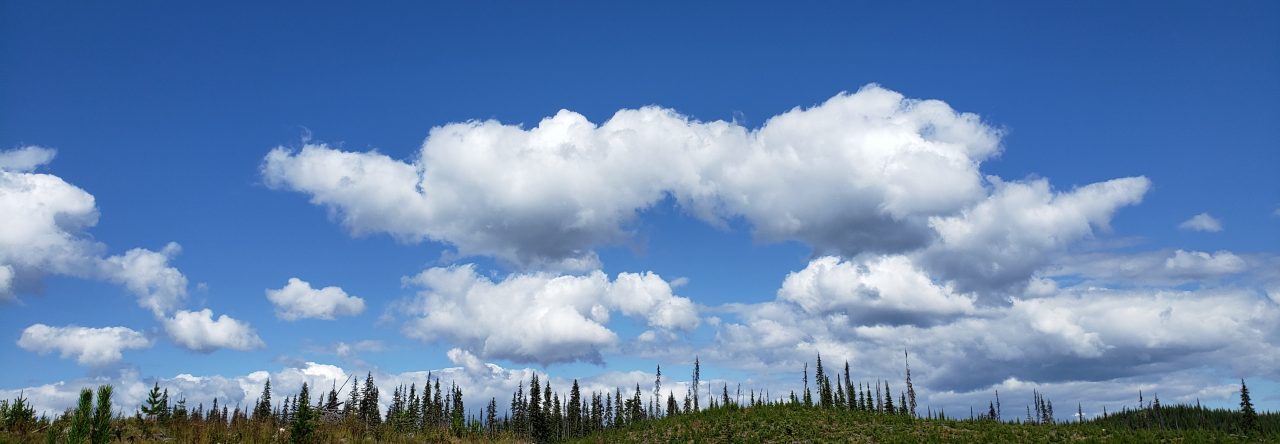 To say that winter cannot make up its mind this year would be an understatement. It’s been a weather seesaw of sorts since it first snowed in early November. Cold, snowy, warm, cold, snowy; repeat, or not.
To say that winter cannot make up its mind this year would be an understatement. It’s been a weather seesaw of sorts since it first snowed in early November. Cold, snowy, warm, cold, snowy; repeat, or not.
There’s lots of shoveling to be done, but beauty to delight in too. If you drive out of town for snowshoeing, skiing, or hiking, the rewards are more than worth the effort, more so on a sunny day when snow-clad trees push against a sky so blue it takes your breath away.
Every year in winter, our family aims for at least one overnight hike, where we each carry our sleeping bags and sleeping pads, and use a sled for all the other supplies. It’s a good workout plodding through snow, but most of all, it is yet another opportunity to learn about nature and why playing it safe always make fun better.
From deciding on the time we start on the trail to the estimated time of arrival (ideally before dark, so we have time to set up and get everyone warm,) to deciding how much stuff we take and whether we have what we need in case we get stuck somewhere, to letting people know that we’re heading into the wilderness, and assessing weather but knowing that it can change without notice, it’s all there.
When we go to one of the now frozen lakes around Kamloops, the questions revolve around that: could we fall in? How long till you get hypothermia? Then, there is the conversation about avalanches, which has been on the news lately, as it is every year.
There is a low likelihood of avalanches where we take the boys, but not knowing the way very well or hiking too late in the day could still get one in serious trouble. These conversations are never about inducing fear of exploring. On the contrary. Healthy fear encourages learning more and preparing better, and knowing when to hold back when necessary.
We live in a time when the access to information about backcountry is but a click away, and there are countless stores in town and online selling equipment. Unfortunately, that is not enough. Somehow, more people find themselves in dire straits in the great outdoors.
The stats from all the search and rescue organizations in British Columbia show a worrying trend. The number of calls has increased over the years, and most organizations had a record number of rescue missions. In 2017, the Kamloops Search and Rescue (KSAR) volunteers were called on 49 searches (a 32 percent increase from 2016) with over 3,500 hours they put in (more than double compared to previous year.)
Particularly worrisome is that this trend is seen all across the province. The increase from last year seems to hover at 30 to 40 percent. To note: the searches are all conducted by volunteers and the organizations rely on donations, but without soliciting by phone. That’s a lot of heart right there, and willingness to help, considering that sometimes the volunteers’ lives are at risk. Especially commendable is not losing faith after discovering yet again that some people carry very few or no items that can increase their chances of survival, such as extra clothing, matches, water or food.
While the admiration for the search and volunteers is boundless, the question remains: How come that more people, and not just in one area, but throughout BC (possibly other parts of Canada) are in need of assistance, at a time when there is enough knowledge to make one’s journey as safe as possible through supply, route, risk assessment and overall trip planning?
It is always sad to turn on the radio or read the news only to find out that someone was yet again caught in an avalanche while snowmobiling (which sometimes they caused,) or got lost during a hike, or went out of bounds while skiing, snowboarding. Sadder yet is to hear they lost their lives.
Can we possibly hope that in 2018, the news, warnings, and word-of-mouth will lower the numbers of people who access the backcountry unprepared, no matter the season? Or that people will think twice before putting at risk not just their own lives but also those of the search and rescue volunteers? I would like to believe so.
As for the boundless admiration for all the search and rescue volunteers… Feelings are great, always, but not nearly enough. Everyone should consider helping by donating to the local SAR team (https://www.ksar.ca/donate-help-us-out/) – more so because they do not even entertain the thought of charging people, thinking that some would avoid calling for help.
Another way to help is volunteering, if possible (https://www.ksar.ca/join/). It is on my list of potential volunteering options once the boys are all grown-up. Until then, my husband and I will keep safety as part of the must-haves when our family heads out for adventures in the great outdoors.
